Motivation
The novel Neuromancer (and the entire Sprawl trilogy1) by William Gibson has been an inspiration to a large number of people since its publication in 1984 until today.
The technology Gibson describes has a very specific appeal, then as now. But in contrast to 1984 it is nowadays easy to build a fully functional computer by yourself, just think of the Raspberry Pi single board computers. That’s the reason why you see more and more cyberdecks today, like Gibson described them or like you would imagine the cyberdecks in his novels. To be honest, very few of them look the way I imagine them to look. Even my own cyberdeck, the Hosaka Mark I “Sprawl Edition” doesn’t look like the portable computers the console cowboys use to enter the cyberspace. But, most importantly, all those cyberdecks could be part of the novels of William Gibson.
The Hosaka Mark I is a tribute to William Gibson and his work, which still fascinates many today.
“The sky above the port was the colour of television, tuned to a dead channel.”
– William Gibson

Technical Overview
The main components of the Cyberdeck are a Raspberry Pi single board computer and a 7" touch display. Furthermore there is an ESP32 µC, which controls the RGB LEDs on the backside and a radio module with amplifier and two speakers. The (not absolutely necessary) cooling is provided by a Noctua fan which is mounted on the case. But this is mainly a design element. The USB and network ports are on the outside, so is the USB port of the ESP32. With a USB cable bridge you can connect the RPi directly to the ESP32 from the outside and program it. The Raspberry can boot from two different SD cards, which can be selected with a switch on the front. The Cyberdeck has a modular design. Inside there is a kind of skeleton, which can hold the different components and can be adapted to other components.
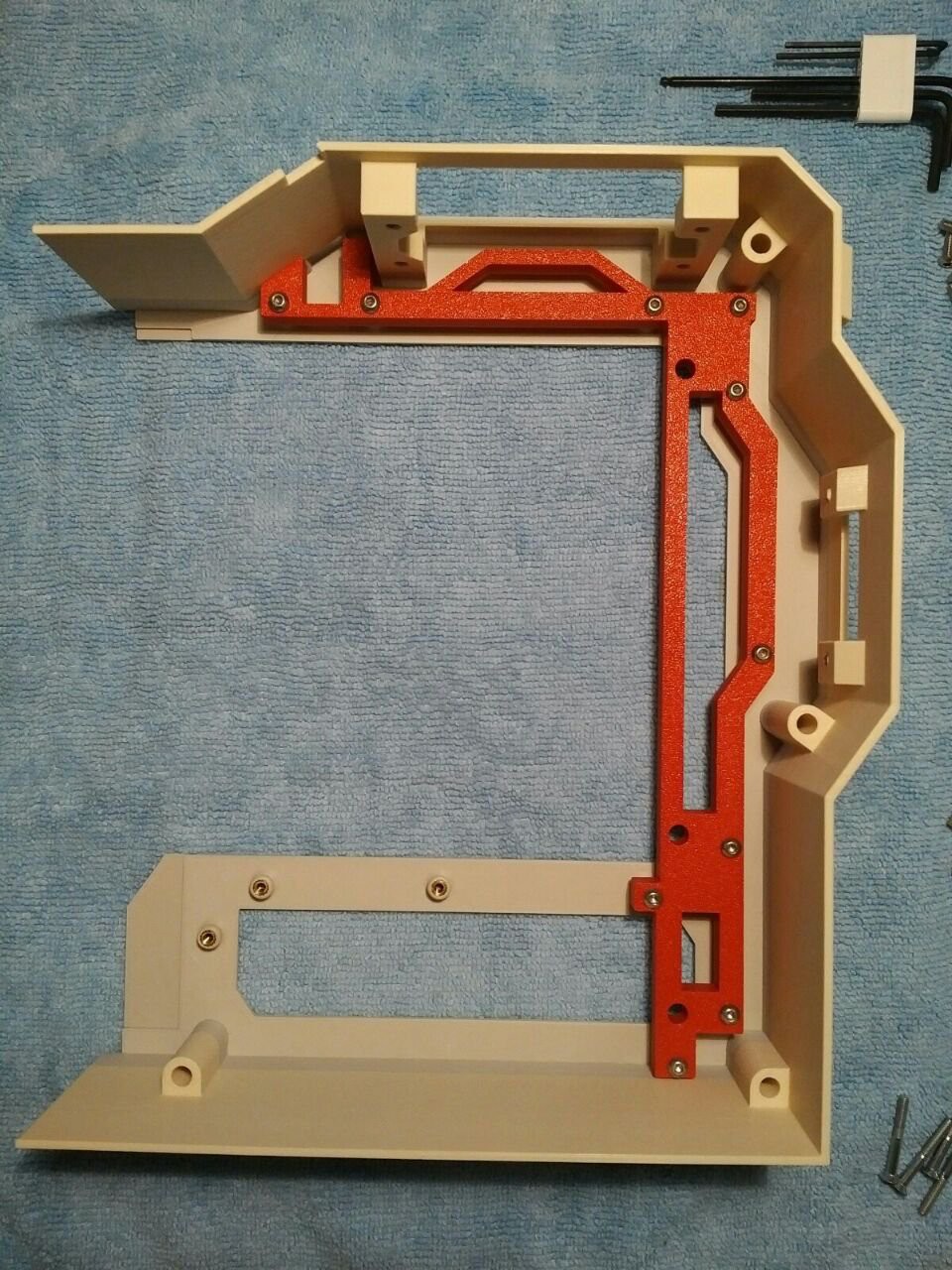
Neodymium magnets are installed on one side of the housing. This makes it possible to attach extensions to the deck.

Design & 3D-Print
The Hosaka Mark I is designed with FreeCAD and printed on a Prusa MK3s.
This is not an easy print! You need a sufficiently large print bed (min. 210 x 200 mm) and a well calibrated printer. I printed all parts on a Prusa MK3s and some parts went slightly over the theoretical maximum print size.

There are some multicolor parts included, but all can be printed with a simple filament change during printing. Here are some examples:



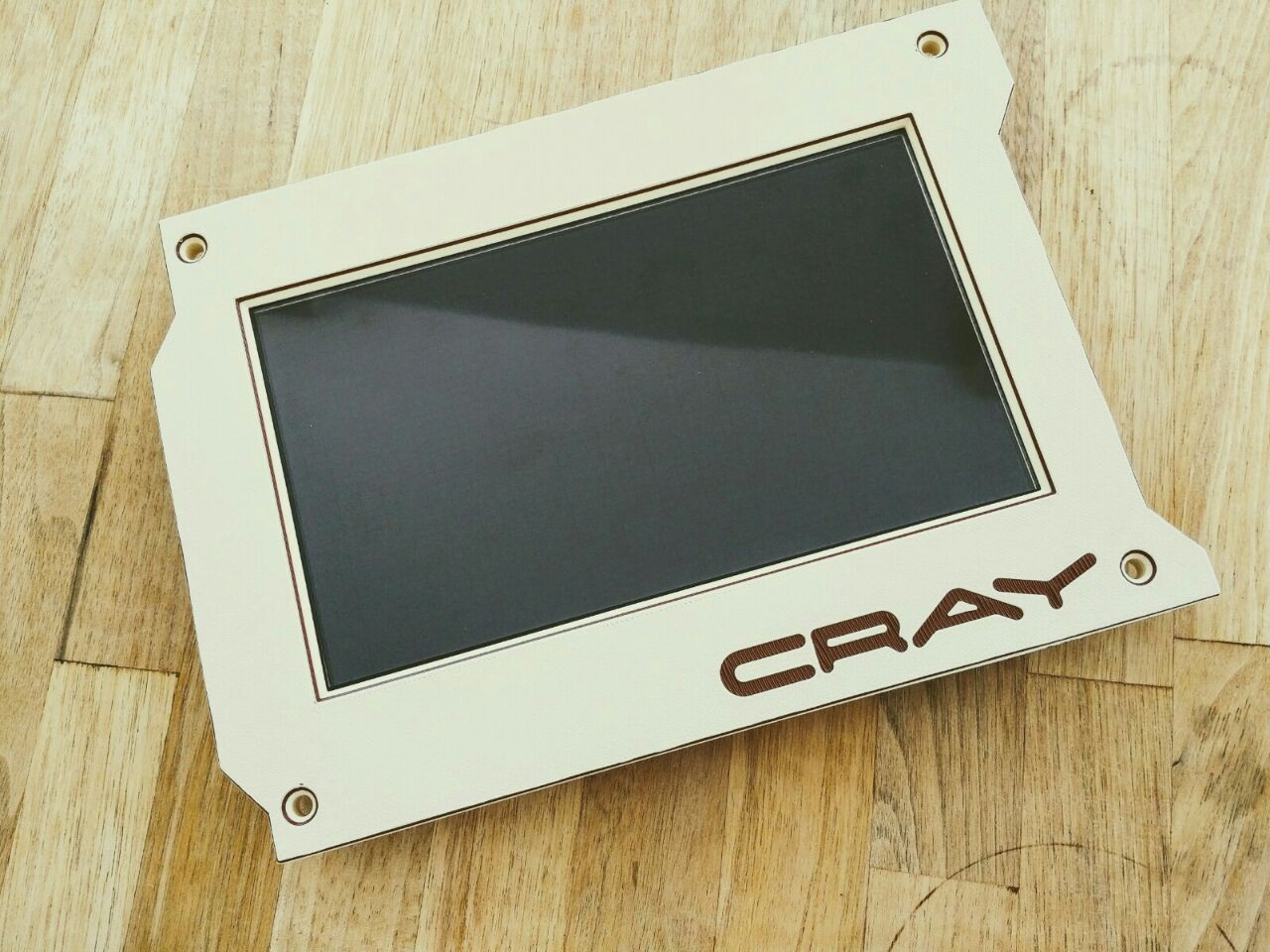
When I started the project, I had a very specific design in mind. So the shape of the housing was decided pretty early. And I knew what I didn't want in any case, namely to fix everything inside with glue or just throw it in. I wanted the Cyberdeck to be as modular as possible, so that even when assembled, individual components could be replaced. Inside, a kind of skeleton holds the cyberdeck together and also serves as a carrier for the components installed inside and outside.

A big advantage of this is that I don't have to change/reprint the case when I change individual parts. I only have to reprint either the module in which the part sits and/or the corresponding frame part inside.
Some Random Images
The RGB stripe on the back side iluminates the "brand logo":
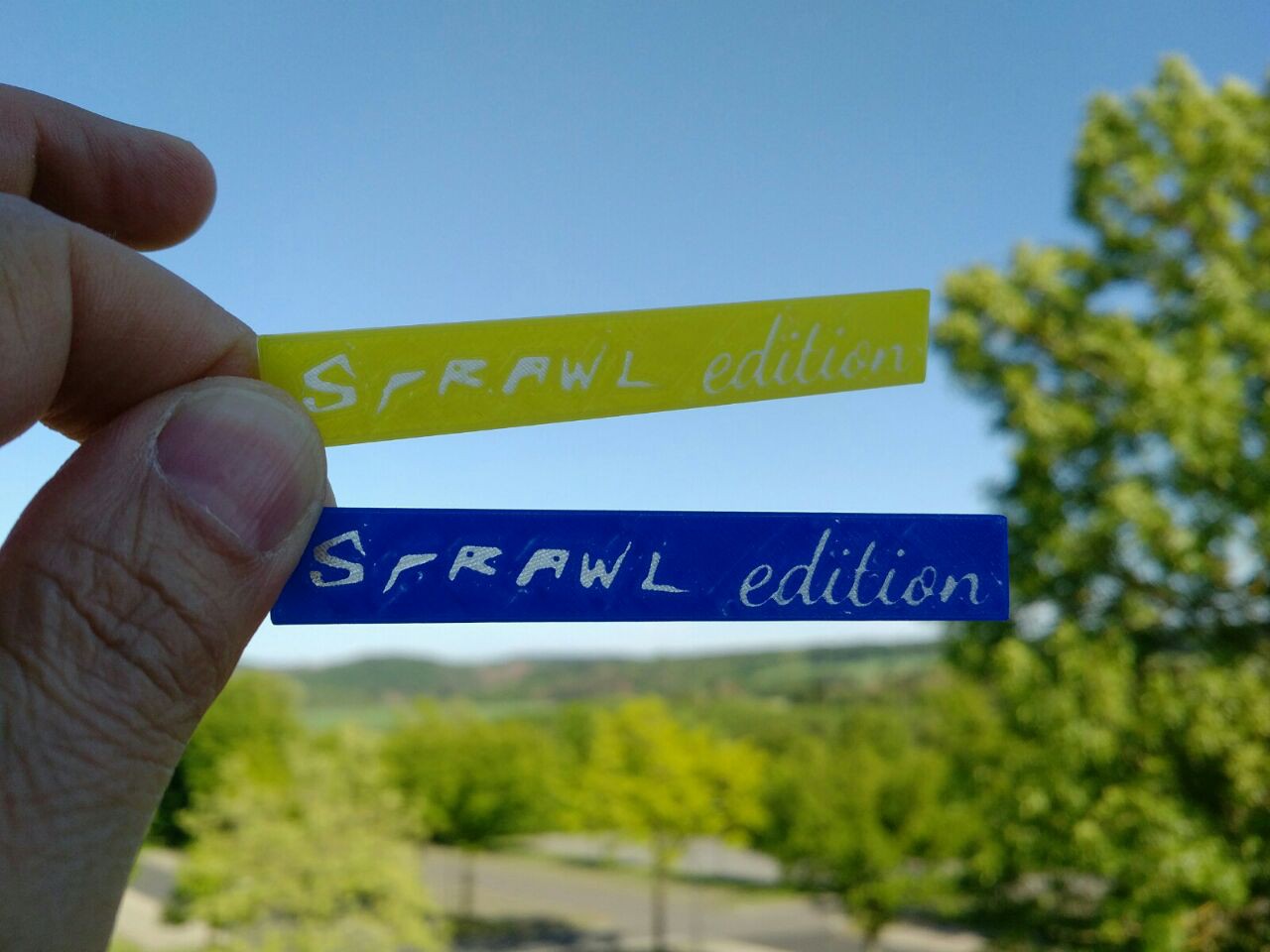
Half Cyberdeck:

There are plenty of threaded inserts used:


The cyberdeck at the tailor: "Sew on straps and embroider a logo please!"

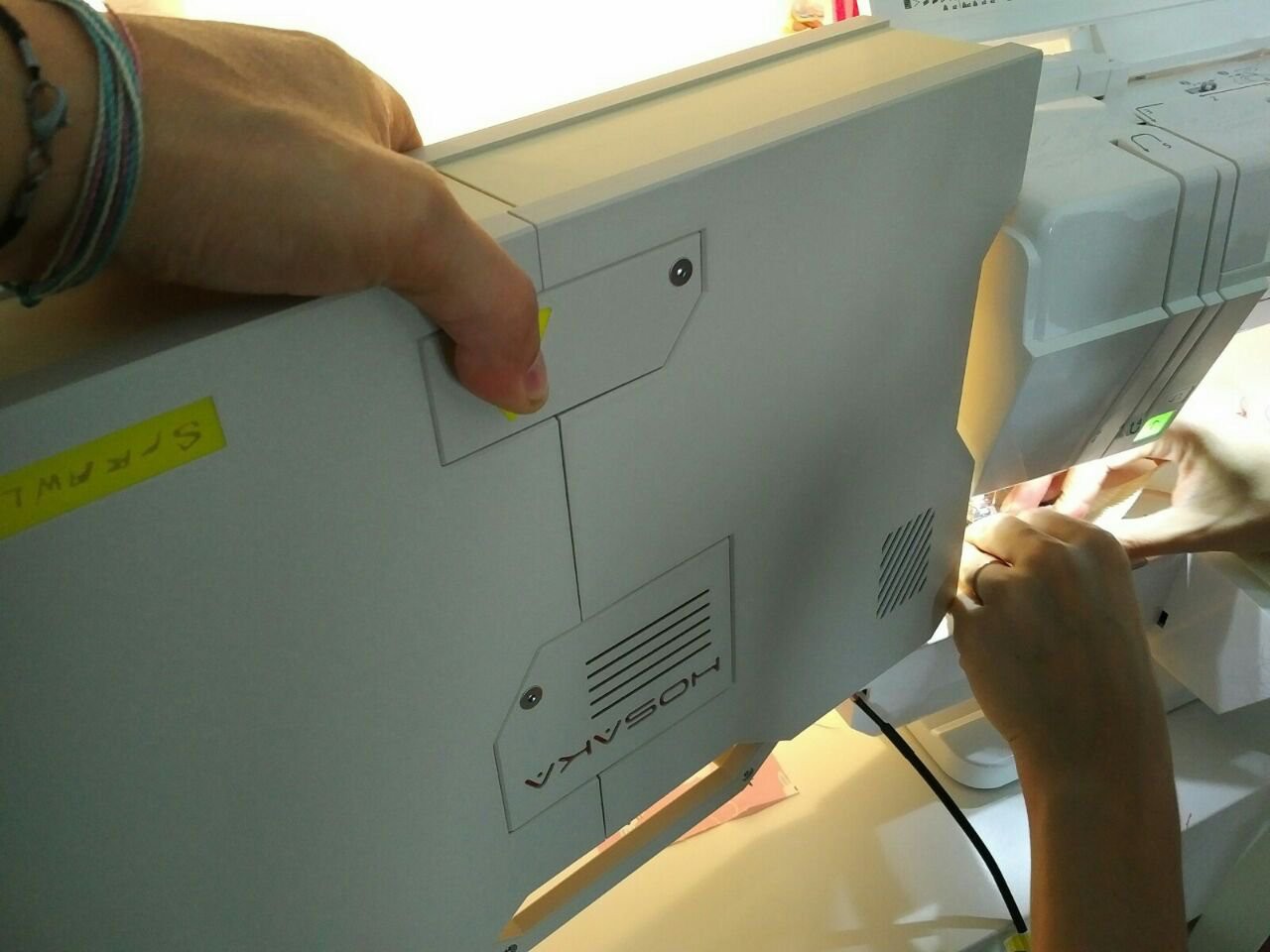
Side view with a look at the charging port:
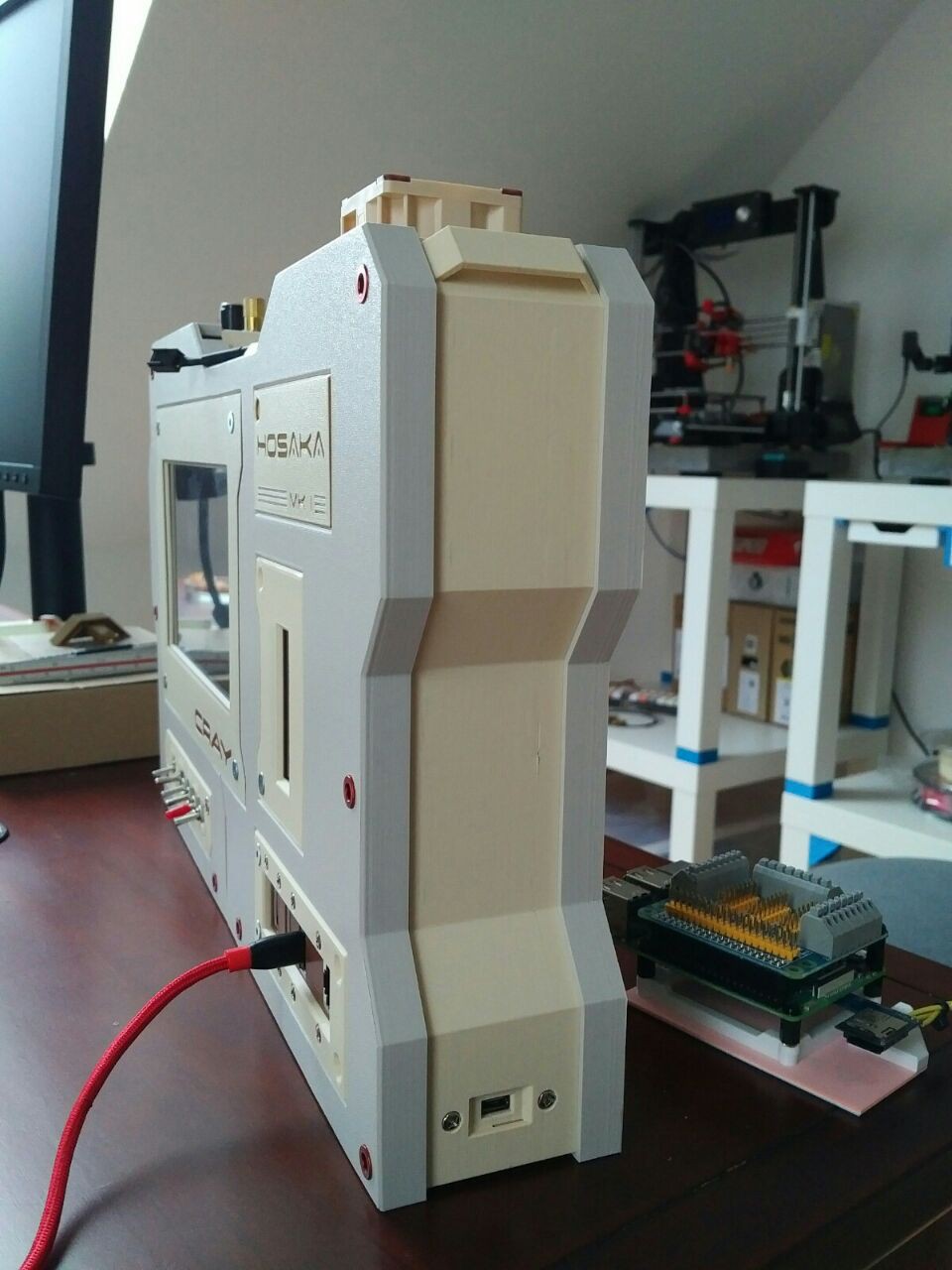
 Chris
Chris







 Garra
Garra
 Ian Hunn
Ian Hunn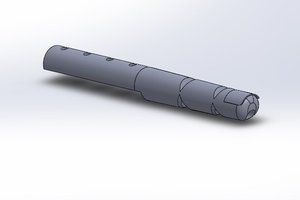
 Alan Chambers
Alan Chambers
 M.daSilva
M.daSilva
This looks really good, out of interest, what filament did you use? The colours go really well together.